The need to install a special hood above the stove is explained by the desire of users to get rid of extraneous odors and other vapors generated in the kitchen during cooking. At the same time, it is possible to ensure the required efficiency of air purification in the room only if certain rules and recommendations are fulfilled, determined by the relevant norms and standards. In this article, we will acquaint you with the existing types of exhaust structures and consider the procedure for their installation using one of the most common models as an example.
Types of hoods for the kitchen
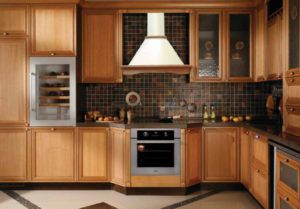
Currently, a wide range of kitchen hoods is presented on the domestic market of household appliances, which, according to their design, are divided into the following types:
- suspended structure, which is one of the most convenient in installation and practical exhaust devices, suitable for most ordinary users. With all the listed advantages, such a hood, however, is characterized by insufficient performance;
- an exhaust device built into the walls or ceiling, providing the required efficiency in removing odors and vapors from premises of a large area;
- an exhaust device designed in the form of a dome, the effect of which extends not only to the stove, but also to the working surfaces of the countertop located nearby;
- the so-called "island" hood, mounted in the center of the kitchen area and providing air exchange throughout its volume (including above the gas stove).
Auxiliary elements (air ducts)
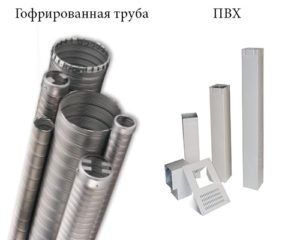
As air ducts, through which unpleasant odors and vapors are discharged to the hatch of the ventilation shaft, special air ducts are used, made in the form of:
- corrugated pipe;
- rigid metal box;
- PVC pipes with smooth walls.
The advantages of corrugated pipes include their flexibility and relatively low cost. The disadvantage of this budget version of the duct is the need for constant care during operation. The metal box used as an air duct is more convenient in operation, but it will require significant expenses from the contractor. The most optimal option is the use of a PVC pipe, which is not only easy to install, but also does not require special care. Unlike other air ducts, such a pipe is installed strictly above the hood.
Hood installation requirements
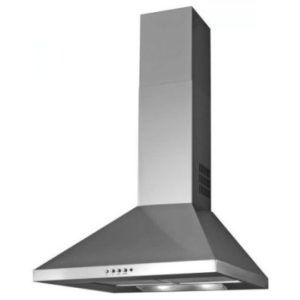
The procedure for installing a kitchen hood will be considered by us using the example of a simple hinged system, the installation of which involves the fulfillment of the following requirements:
- the dimensions of the intake opening must correspond to the size of the gas stove, which ensures the most efficient removal of contaminated air;
- the height of the hood above the surface of the stove should not be less than 50-60 cm (the optimal distance from the heating elements is about 75-80 cm), which provides comfortable working conditions. If it is placed too low, the space for working with the stove will be limited, and the body of the device itself may overheat;
- the performance of the exhaust device must correspond to the volume of the serviced room and provide air renewal in it at least 10 times a day.To calculate the exact value of this indicator, it is necessary to determine the main dimensions of the kitchen room, and then use the following formula: V = SxHx10x1.3, where S and H are the area and height of the serviced room, respectively, and 10 is the minimum indicator of the intensity of air exchange (1.3 - correction factor);
- in the event that your house does not have a separate ventilation shaft with access to the kitchen, it is recommended to use a flow-through exhaust device with variable capacity, operating on the principle of air mass recirculation.
Note! Connecting such hoods to an existing ventilation shaft can disrupt the operation of the entire exhaust system as a whole. In addition, flow-through devices are not recommended to be turned on at full power (in the maximum performance mode) for a long time.
Hood housing installation procedure

Installing an extractor hood above a gas stove involves the phased implementation of a whole range of working operations of the following nature:
- hang the hood of the hood directly above the stove;
- installation of branch ducts, ensuring their reliable connection with the hood and the hatch of the ventilation shaft;
- supply of electrical power required for the operation of the exhaust device.
Important! When preparing a place for installing a hinged-type hood, the main thing is to ensure that it is located strictly symmetrically above the gas stove, since even the slightest deviation of the body to the side reduces the efficiency of the device by 10 - 20%.
Direct installation of the hood at the place of its operation is carried out in the following sequence:
- first, a careful marking of the attachment points is made, taking into account the location of the supporting elements on the rear wall of the case (for this purpose, it is most convenient to use a pre-prepared template);
- after that, in accordance with the markings in the wall, holes are carefully drilled into which dowels are driven;
- then in the dowels with the help of bolts the supports used for hinging the body are fixed;
- at the final stage of installation, it remains to hang the hood itself on the prepared supports (see video).
Note! During a trial hanging, it is necessary to check the correct orientation in various planes, which is verified with the help of a building level and can be corrected by changing the position of the supports (their design allows adjustment within a small range and allows you to hang the hood quite comfortably).
Air duct installation and power supply connection
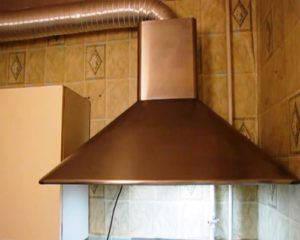
When installing the air duct, we advise you to pay attention to the following important details:
- outlet ducts for a hinged-type kitchen hood are recruited from relatively short and straight sections with a minimum number of bends, the radius of which should be chosen as large as possible;
- when using corrugated hoses as a discharge channel, the angle of their bending should not be less than 90 degrees;
- it is also not recommended to narrow the outlet section of the air duct, which can lead to an increase in the noise of its operation;
- the hatch of the ventilation shaft, to which the air duct is supplied, must be completely cleaned of all contaminants accumulated during its operation.
For the operation of the exhaust mechanism, an electrical network is required, the supply of which must be foreseen in advance. As a rule, products of this class are equipped with a cord with a plug, for the connection of which a specially equipped socket with an earthing contact must be used.
Important! In order to avoid heating, such a socket should not be located above the area where the hood is located.
Conclusion
From our description it follows that it is not at all difficult to hang a hood over a gas stove, as can be seen by watching any video of the relevant topic posted on the network.From these videos, you will learn about how a kitchen hood is mounted above the stove, as well as about the existing methods of connecting it to existing communications.

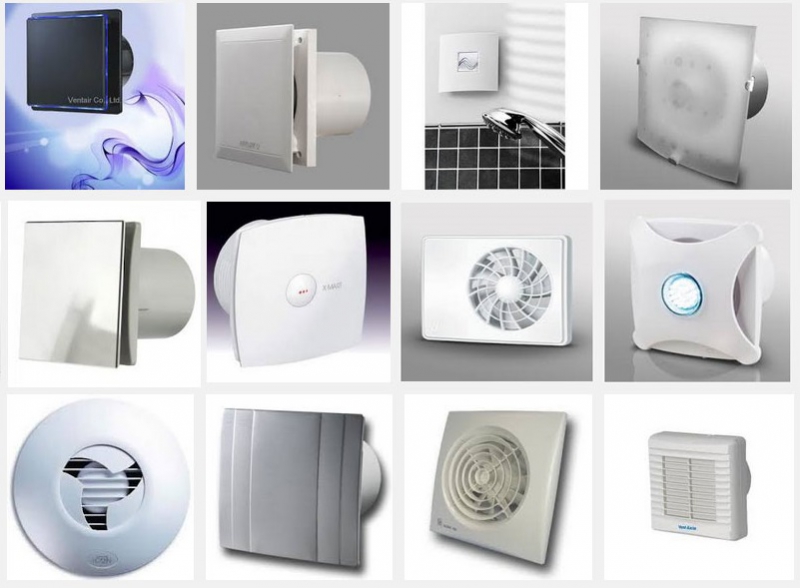
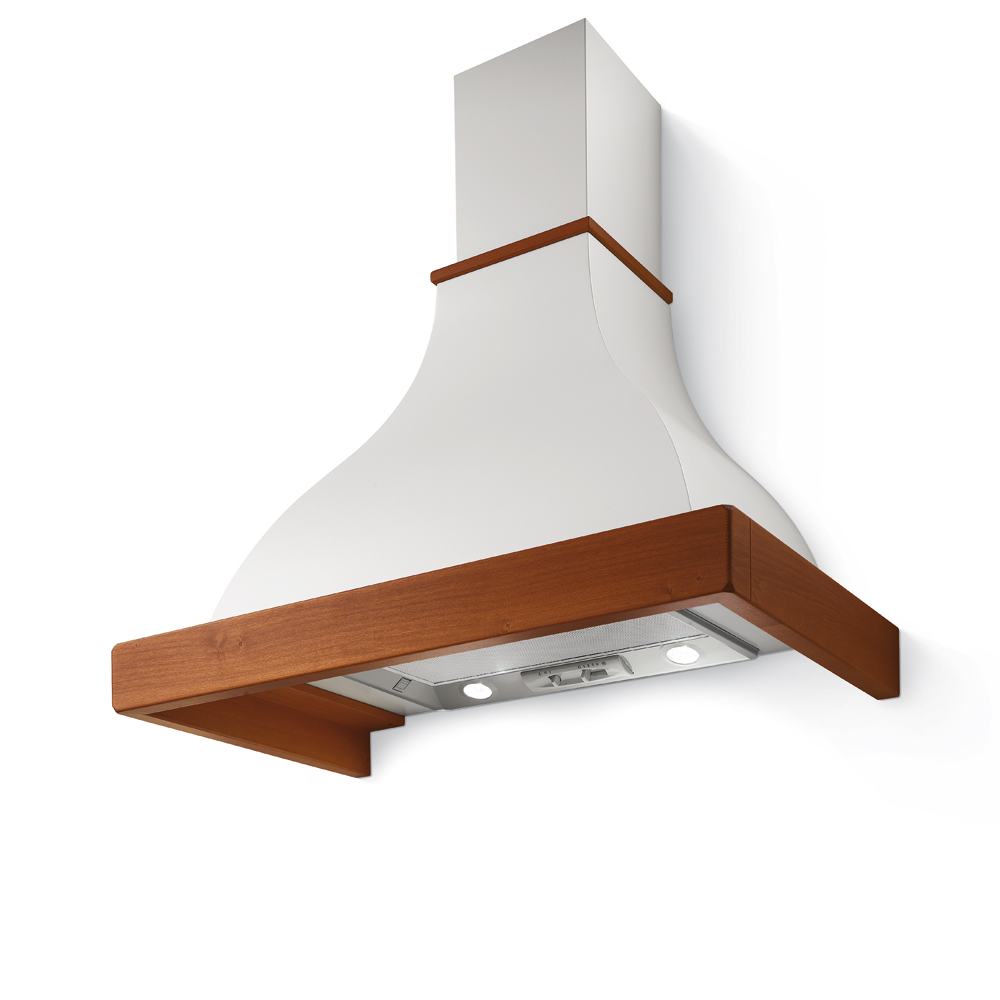
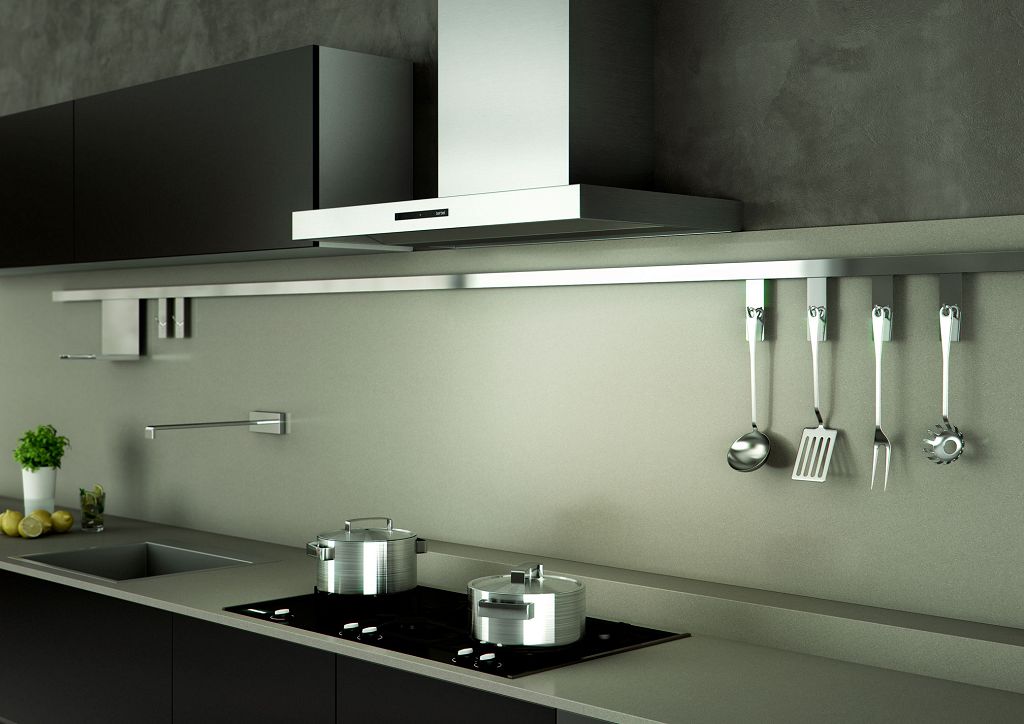
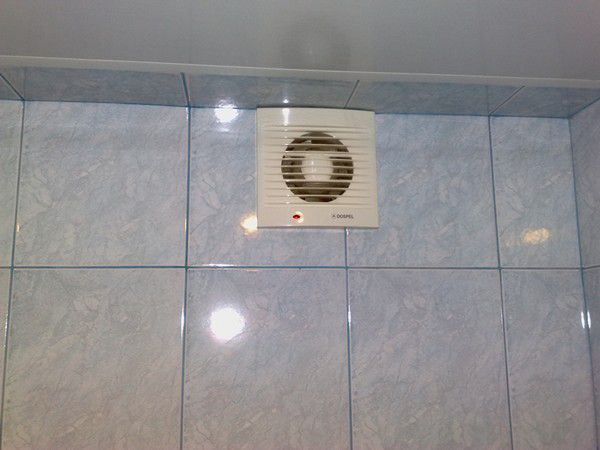
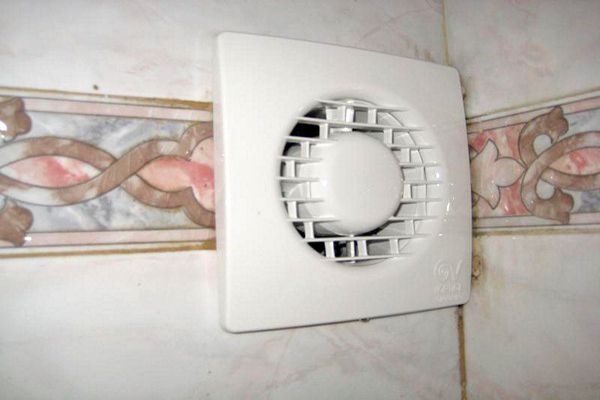
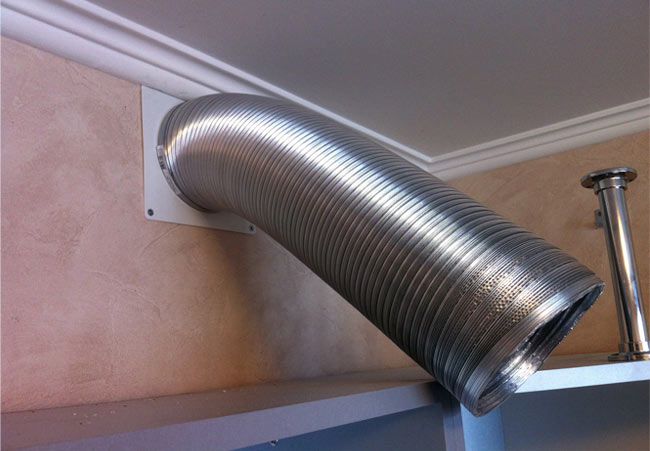

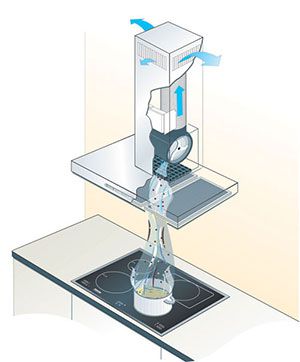
Yes, well done man and golden hands. The only question is, why did you connect the hood to the natural ventilation channel, thereby disrupting the work of natural ventilation? And now all the neighbors taste all the smells from your hood, this is if your house is like a Khrushchev. Judging by one vent hole, this is so .. Are there any arguments about this?